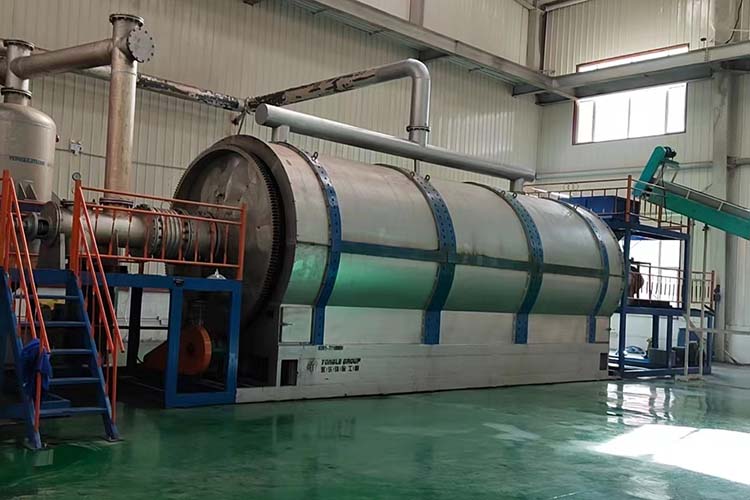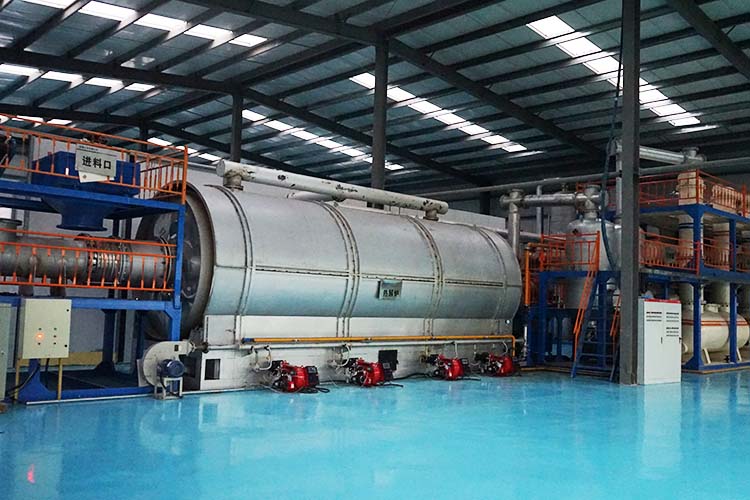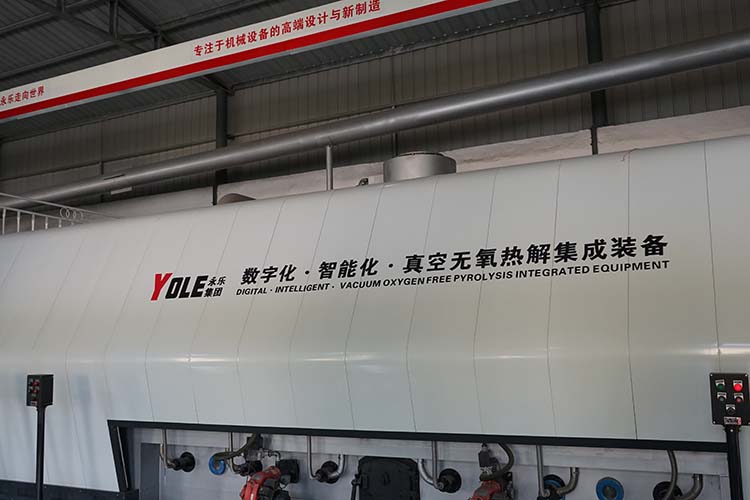Medical institutions generate a wide variety of medical waste in their daily operations, including needles, surgical instruments, pharmaceutical residues, and infectious waste. Improper handling of this waste can have serious impacts on the environment and public health. Therefore, using specialized medical waste treatment equipment to scientifically and safely process medical waste is particularly important. This article will detail the medical waste treatment process and explore the effectiveness and safety of this equipment in handling various types of waste.
Before entering the treatment equipment, medical waste must first undergo strict classification. Medical institutions typically categorize the waste produced according to national and regional regulations into recyclable, hazardous, and general waste categories. This step is crucial as different types of waste require significantly different handling methods and requirements. Through scientific classification, hospitals can improve waste handling efficiency and ensure that hazardous waste is managed appropriately. Once categorized, medical waste is sent to the pre-treatment area. This stage primarily involves necessary physical processing, such as shredding and compressing, to prepare for subsequent pyrolysis or gasification treatment. During the pre-treatment process, staff ensure that all waste meets the feed requirements of the equipment to avoid equipment failures or reduced processing efficiency caused by waste shape or size issues.

After pre-treatment, the medical waste is sent to the pyrolysis furnace of the medical waste treatment equipment. In this environment with limited oxygen, the waste undergoes pyrolysis and gasification. The temperature in the furnace is controlled between 200 and 400 degrees Celsius, effectively breaking down organic materials and producing combustible gases like carbon monoxide and methane. This process not only reduces the volume of waste but also further transforms it into usable energy, minimizing the environmental burden of waste. The special design of the interior of the pyrolysis furnace ensures uniform heating of the waste during the heating process, preventing incomplete combustion or the production of harmful gases due to uneven temperatures. The center temperature of the furnace slag can reach 850 degrees Celsius, effectively decomposing harmful components of the waste. Meanwhile, the generated slag and gases are properly handled to ensure they do not cause new environmental pollution.
For the combustible gases produced, they next enter the mixing chamber. This part is one of the core links of the equipment, where the combustible gases are strongly mixed with tangentially entering air before being directed into the secondary combustion chamber. In this chamber, the flue gas temperature can reach between 800 and 1,100 degrees Celsius, and the flue gas residence time in the combustion chamber exceeds two seconds. This is an important step to ensure the complete combustion of organic materials in the flue gas, significantly reducing the environmental impact. Through secondary combustion, residual harmful substances are completely oxidized, transforming into water vapor, carbon dioxide, and a small amount of ash. This process not only eliminates the hazardous components of medical waste but also greatly reduces emissions, ensuring compliance with relevant environmental regulations.

The final link of the medical waste treatment equipment is the utilization of waste heat and emission treatment. The high-temperature gases produced after secondary combustion can be used in waste heat recovery systems, where the generated thermal energy can be converted into electrical energy or used in other industrial processes, further enhancing resource efficiency. Meanwhile, the equipment is equipped with a comprehensive flue gas purification system that treats the emitted gases to remove harmful components, ensuring that the emissions meet environmental standards set by relevant laws and regulations. This not only protects the environment surrounding the equipment but also demonstrates the medical institution's sense of social responsibility.

Medical waste treatment equipment plays a vital role in the waste processing process, achieving safe and efficient treatment of medical waste through multiple links including classification, pre-treatment, pyrolysis and gasification, secondary combustion, and waste heat utilization. This series of scientific management and technological applications not only improves the efficiency of medical waste handling and reduces environmental impact but also provides strong support for the sustainable development of medical institutions. With continuous technological advancements, medical waste treatment methods will become even safer and more environmentally friendly, contributing to public health.
Yongle Environmental Protection is mainly engaged in the research and development, production and sales of complete sets of technical equipment for organic solid waste disposal and comprehensive utilization. Production and manufacturing, domestic waste treatment equipment, tire pyrolysis equipment, medical waste disposal equipment, hazardous waste disposal equipment, and achieve efficient and comprehensive utilization of resources through independently developed low-temperature anaerobic pyrolysis equipment technology solutions.
Tags:Analysis of the efficient treatment process of medical waste treatment equipment,medical waste treatment equipment,YONGLE GROUP
 Latest news
Latest news


























